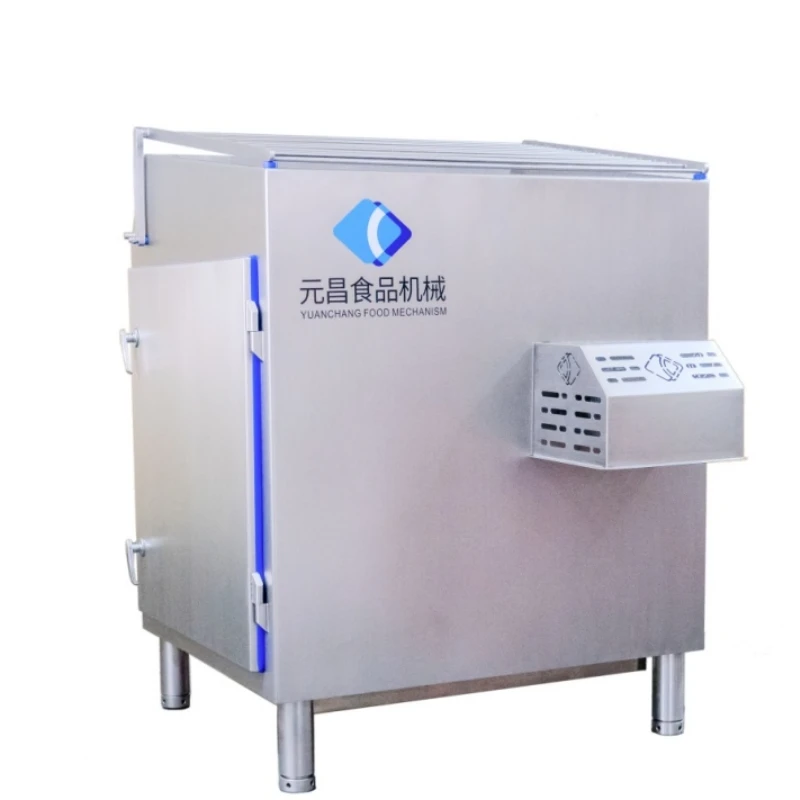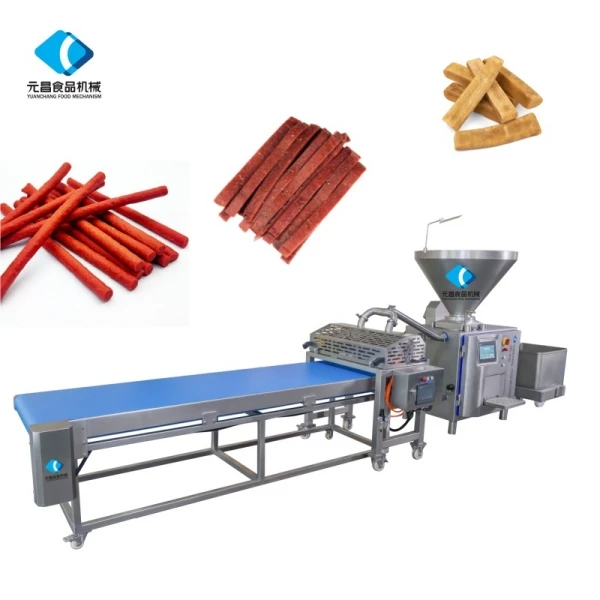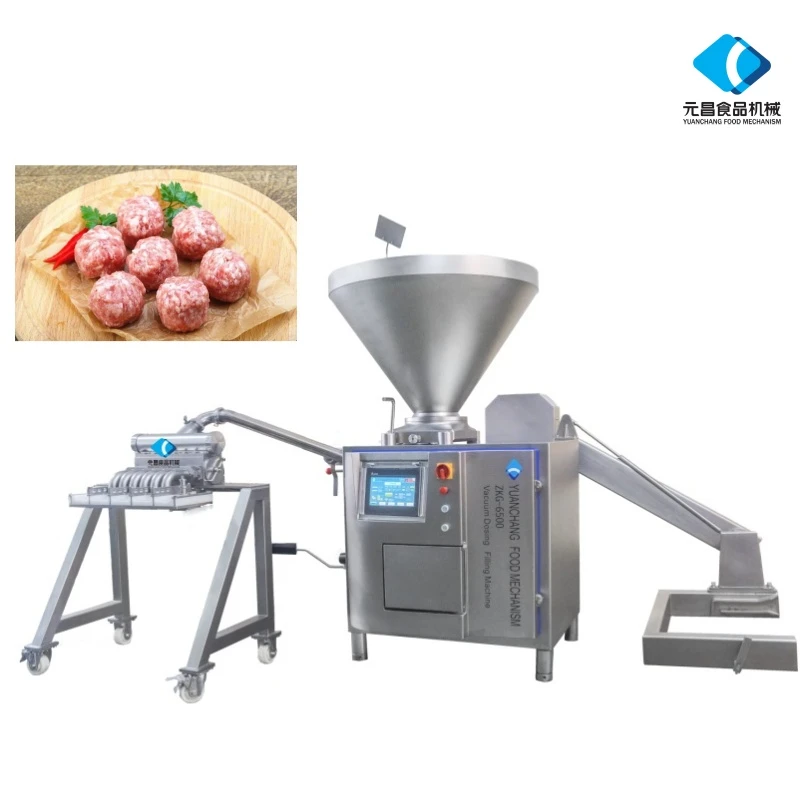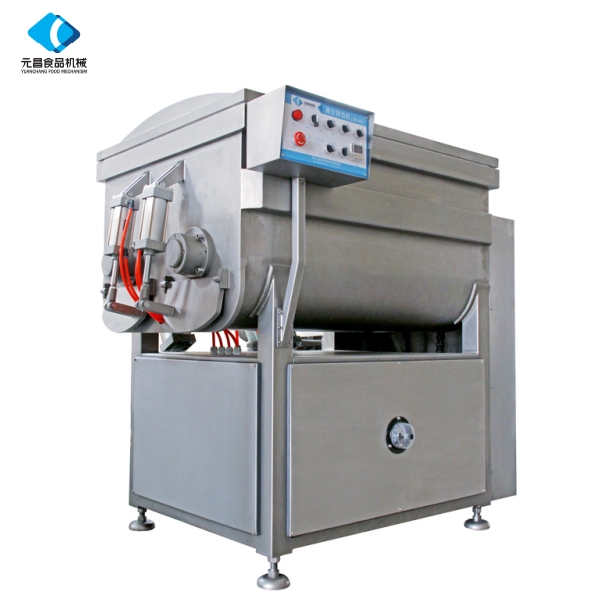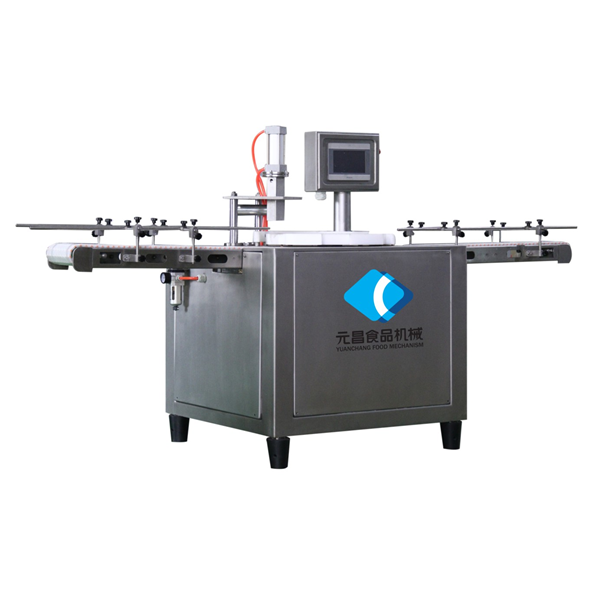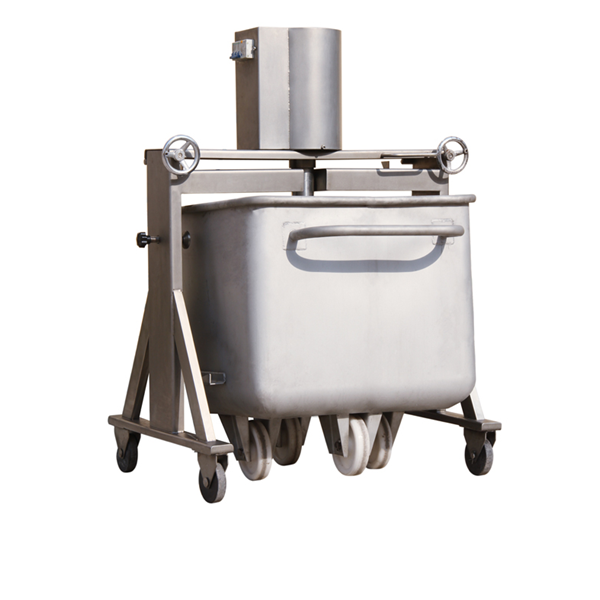- Afrikaans
- Albanian
- Amharic
- Arabic
- Armenian
- Azerbaijani
- Basque
- Belarusian
- Bengali
- Bosnian
- Bulgarian
- Catalan
- Cebuano
- chinese_simplified
- chinese_traditional
- Corsican
- Croatian
- Czech
- Danish
- Dutch
- English
- Esperanto
- Estonian
- Finnish
- French
- Frisian
- Galician
- Georgian
- German
- Greek
- Gujarati
- haitian_creole
- hausa
- hawaiian
- Hebrew
- Hindi
- Miao
- Hungarian
- Icelandic
- igbo
- Indonesian
- irish
- Italian
- Japanese
- Javanese
- Kannada
- kazakh
- Khmer
- Rwandese
- Korean
- Kurdish
- Kyrgyz
- Lao
- Latin
- Latvian
- Lithuanian
- Luxembourgish
- Macedonian
- Malgashi
- Malay
- Malayalam
- Maltese
- Maori
- Marathi
- Mongolian
- Myanmar
- Nepali
- Norwegian
- Norwegian
- Occitan
- Pashto
- Persian
- Polish
- Portuguese
- Punjabi
- Romanian
- Russian
- Samoan
- scottish-gaelic
- Serbian
- Sesotho
- Shona
- Sindhi
- Sinhala
- Slovak
- Slovenian
- Somali
- Spanish
- Sundanese
- Swahili
- Swedish
- Tagalog
- Tajik
- Tamil
- Tatar
- Telugu
- Thai
- Turkish
- Turkmen
- Ukrainian
- Urdu
- Uighur
- Uzbek
- Vietnamese
- Welsh
- Bantu
- Yiddish
- Yoruba
- Zulu
Advanced Denester Machine Efficient Nest Removal for Industry
Explore the transformative world of packaging automation:
- Market growth insights for denesting solutions
- Cutting-edge denester
machine mechanics explained - Performance benchmarking against industry standards
- Leading denester manufacturer comparisons
- Customization options for unique applications
- Food/pharma implementation case studies
- Operational benefits of integrated denester systems

(denester)
Transforming Packaging Efficiency with Denester Technology
Manufacturers report 38% faster changeovers when replacing manual denesting with automated solutions. The global denester market demonstrates robust 7.2% CAGR growth (2023-2030) as facilities automate processes. Industry analysis reveals:
| Problem Area | Manual Handling | Denester Solution | Improvement |
|---|---|---|---|
| Changeover Time | 22 minutes | 8 minutes | -64% |
| Contamination Risk | High | Near Zero | ISO Class 5 |
| Throughput Capacity | 120 containers/min | 310 containers/min | +158% |
Operational studies indicate denester machines deliver ROI within 14 months for medium-scale packaging facilities through labor optimization alone.
Engineering Breakthroughs in Container Separation
Modern denester designs incorporate patented vacuum cup arrays with automatic gap detection technology that adjusts to container variations up to ±3mm. Unlike simple suction systems, these machines feature:
- Vision-guided positioning (0.1mm tolerance)
- Anti-static ionizing bars preventing cling
- Servo-driven separation modules (1,500 cycles/hour)
- Cross-compatible tooling for PET/HDPE/PP containers
Advanced sensors detect container defects at rates exceeding 99.97% accuracy, automatically rejecting compromised units without production stoppages.
Performance Benchmarking Analysis
Independent testing reveals operational variances in critical metrics across denester classes:
| Parameter | Standard Denester | High-Speed Models | Compact Solutions |
|---|---|---|---|
| Containers/Min | 80-180 | 250-360 | 50-100 |
| Energy Usage | 4.2 kW/hr | 6.8 kW/hr | 2.1 kW/hr |
| Tooling Change | Manual (3-5 min) | Automatic (45 sec) | Quick-Clamp (90 sec) |
| Integration Cost | $12K-$18K | $25K-$40K | $8K-$14K |
Premium models demonstrate 22% higher sustained uptime over entry-level alternatives in 24/7 production environments.
Manufacturer Capabilities Compared
Leading suppliers differentiate through unique service packages:
| Supplier | Lead Time | Max Speed | Container Range | Smart Features |
|---|---|---|---|---|
| NestFlow Systems | 10 weeks | 360/min | 50ml-5L | Predictive maintenance |
| AutoSep Solutions | 14 weeks | 310/min | 30ml-10L | Cloud monitoring |
| ModuDeNest Inc | 6 weeks | 220/min | 10ml-2L | Tooling library |
| SeparaTech Ltd | 8 weeks | 280/min | 15ml-8L | Self-calibration |
Supplier evaluations should prioritize after-sales service - top performers resolve 92% of technical issues remotely within 4 business hours.
Application-Specific Customization
Premium denester manufacturers provide specialized configurations for unique industry requirements:
- Pharmaceutical: ISO Class 5 certified models with cleanroom-compatible materials
- Food Service: Corrosion-resistant stainless steel (AISI 316L) construction
- Cosmetics: Fragile vial handling with variable suction profiles
- Chemical: Explosion-proof ratings for solvent-based products
Bespoke engineering services adapt machine footprints for existing facilities - recent projects include:
- Right-angle denester retrofit into 1.8m wide corridor
- Vertical stack system with integrated vision inspection
- Temperature-controlled separation chamber (-4°C)
Specialized projects typically require 8-12 week development cycles from initial consultation.
Operational Impact Case Studies
Major Dairy Processor: Integrated three denester machines eliminated 7 manual positions while increasing line efficiency by 31%. The solution handled yogurt cup variations across 12 SKUs without changeover delays.
Pharma Manufacturer: Aseptic denester implementation reduced contamination incidents by 99.8% while achieving 24,000 vials/hour output. Cleanroom validation tests showed consistent ISO 5 compliance during sustained operations.
Beverage Filler: Custom denester design resolved nested PET bottle separation challenges that previously caused 4.2% production loss. The solution featured specialized grippers for 9oz slim containers prone to vacuum collapse.
Optimizing Throughput with Intelligent Denester Integration
Advanced denester machines incorporating IIoT connectivity deliver performance analytics that identify optimization opportunities. Facilities report average gains of 17% additional capacity through data-driven adjustments like:
- Vacuum pressure optimization by container weight
- Predictive tooling replacements before failures
- Automated spacing adjustments between containers
Post-installation studies confirm denester systems reduce ergonomic injury claims by 68% while maintaining container integrity rates above 99.94% - translating to significant reductions in material waste and insurance premiums.
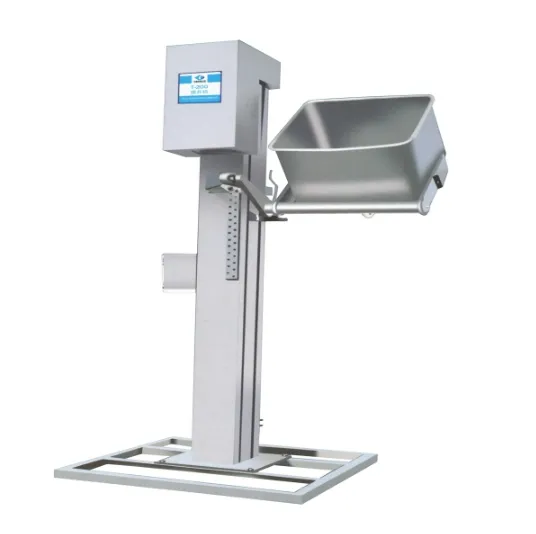
(denester)
FAQS on denester
Q: What is a denester machine used for in packaging lines?
A: A denester automatically separates nested containers like cups, trays, or bowls stacked during production. This prevents jams and enables smooth downstream filling operations, boosting packaging line efficiency while reducing manual labor.
Q: How does a denester improve manufacturing productivity?
A: Denesters rapidly singulate nested items at high speeds (500+ units/minute), eliminating manual separation bottlenecks. This automation reduces labor costs and minimizes product damage, ensuring consistent throughput for packaging or processing equipment.
Q: What industries commonly utilize denester machines?
A: Food packaging, pharmaceutical, and cosmetic sectors frequently use denesters for containers like plastic cups, PET jars, or clamshells. They're essential in automated lines handling nested disposable products, medical trays, and single-serve packaging.
Q: Can denesters handle different container sizes and materials?
A: Yes, modern denesters feature adjustable guides and changeover systems to accommodate diverse materials (plastic, paper, foil) and sizes. Quick-change tooling allows shifts between container types in minutes, maintaining flexibility for multiproduct lines.
Q: What maintenance does an industrial denester require?
A: Denesters need weekly cleaning and lubrication, plus periodic belt/suction cup inspections. Most models have self-diagnostic systems and modular components to simplify maintenance, minimizing downtime while ensuring reliable separation performance.
-
Sausage Making Equipment for Sale - Professional & CommercialNewsJun.06,2025
-
Kolbasnaya Nachinka Premium Sausage Filling by Yuanchang & Meat Your MakerNewsJun.06,2025
-
Premium Sausage Mills & Fillings Effortless Meat ProcessingNewsJun.06,2025
-
Top Meat Injection Machine for Precision Marinating & EfficiencyNewsJun.05,2025
-
Heavy-Duty Meat Mixer Fast, Efficient Blending for All MeatsNewsJun.05,2025
-
High-Speed Automatic Chicken Deboning Machine 50kg/hrNewsJun.05,2025



